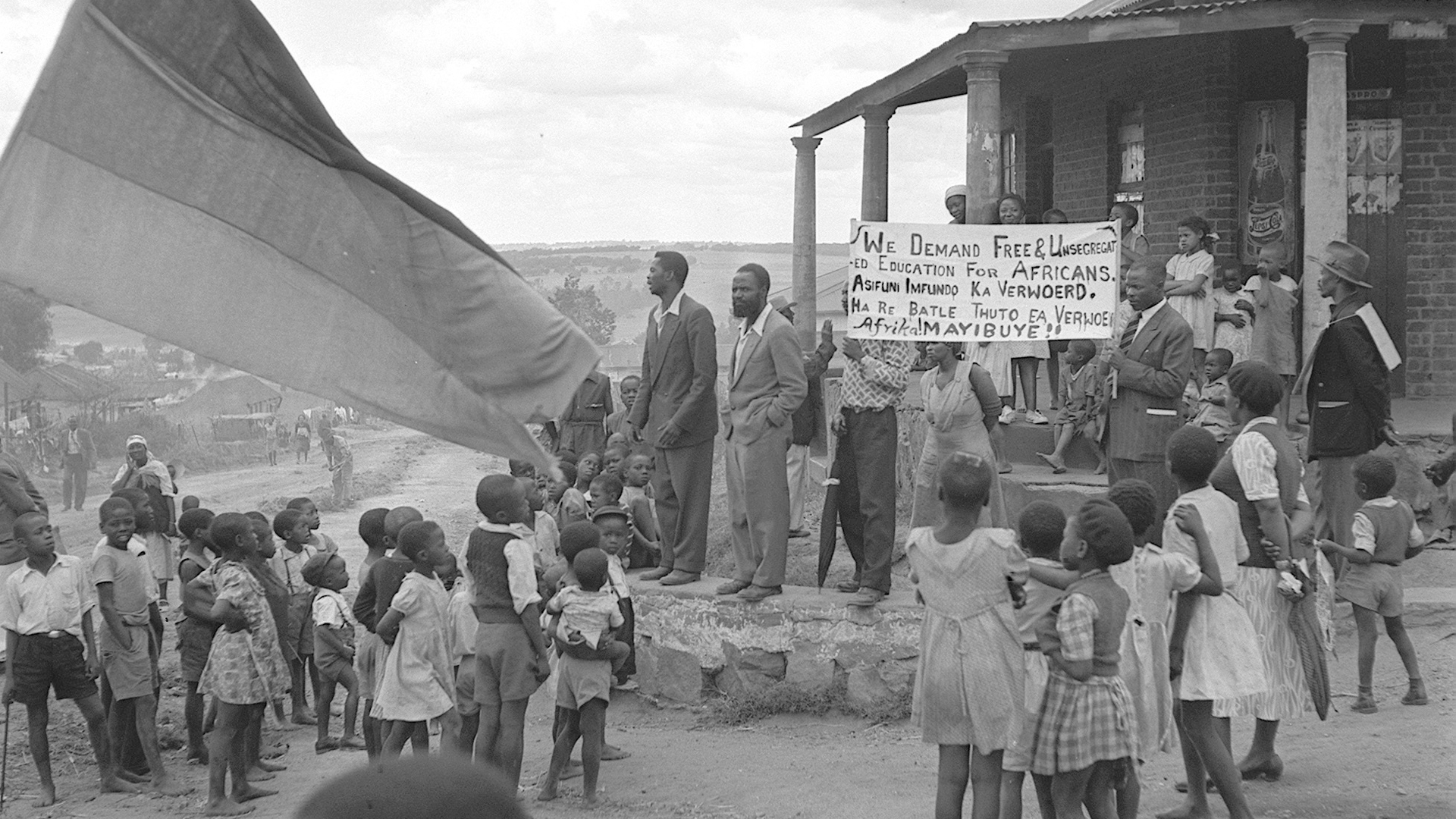‘Bantu Education’, instituted in 1953 by an act of Parliament, is often described as the most abysmal of apartheid’s inventions. Its racist essence is captured in the words of Hendrik Verwoerd, the “Architect of Apartheid”, who declared, “There is no place for [the Bantu] in the European community above the level of certain forms of labour ... What is the use of teaching the Bantu child mathematics when it cannot use it in practice?”
Verwoerd and his colleagues envisaged an entirely separate education system for black South Africans that would prepare black students for service in, and citizenship of, “tribal homelands” — nominally independent satellites of an all-white South Africa.
In practice, the Bantu Education Act cut government funding to multiracial schools, forcing many to either exclude black students or close, and exacerbated the inequalities between black and white education. By the 1970s, government’s per-capita spending on black education was just one tenth of that on white education. Teachers at black schools were paid subsistence wages, many were untrained, and curricula for most black children were severely limited.
The “father” of Bantu Education, W.W. Eiselen, a Unisa graduate, offered lectures to black students attending the Vacation Schools. Unisa and other learning institutions still witness the inequalities sown by Bantu Education and strive to combat them through a range of academic support and affirmation programmes.
